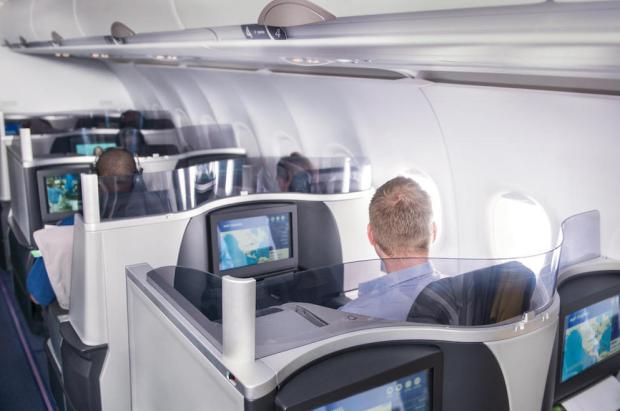JetBlue’s Inclusive Take On Loyalty

Airlines are not quite the inventors of the points-based loyalty model, but they do perhaps deserve credit, historically speaking, for perfecting the art form. Points are undeniably a popular selling point for consumers, some of whom will literally go to great lengths to travel on their points-generating airline of choice.
Even for the less obsessed, loyalty and incentive programs are powerful drivers of retail action in the airline segment. And they seem to have hit a growth spurt – in the second quarter of 2018, major carriers in the U.S. earned more from loyalty and credit card programs than they did in the same period the prior year.
“It is amazing how much it continues to grow,” said Kurt Stache, senior vice president for marketing, loyalty and sales at American Airlines Group Inc. In the case of American Airlines, loyalty program revenue rose by 7 percent to $1.4 billion in the second quarter. By contrast, revenue at the airline increased by only 4 percent.
How airlines are managing that increased growth, however, varies greatly. American Airlines, for example, has responded by making access to its rewards system a bit more restrictive. Achieving AAdvantage Executive Platinum status — the top tier of the carrier’s program — now requires $15,000 worth of ticket purchases annually, up from $12,000.
JetBlue, on the other hand, has taken a wholly different approach by making its loyalty and rewards systems more open and easily accessible, most recently through the expansion of “points pooling” for all of its loyalty members.
The program, as the name infers, is designed to make it easier for loyalty members to share the points collectively, thus making them easier to accrue and redeem. It’s not JetBlue’s first experiment with pooled points, as family pools were rolled out over a year ago. But according to Marty St. George, executive vice president of commercial and planning, feedback led JetBlue to realize that their most loyal customers wanted more choices as to who they could include in their pools of associate fliers. The family was a good start, but the concept has outgrown that limitation.
“We broke ground with our original family pooling option, and we’re continuing to innovate with the new, more flexible version,” St. George said. “Customers determine the pool that works best for them, helping points rack up even faster with a program that’s even easier to manage.”
Pools can still be made up of family members, but now they can also include roommates, neighbors and knitting circle members. The program’s goal is to tap into the newly redesigned TrueBlue digital experience, enabling members within the loyalty community to include whoever they want in their pooling circles.
Moreover, the pools themselves are more flexible.
Under the old system, TrueBlue customers could combine points with up to five children and two adults within one household. Each member had a say in how much they added to the pool – and how many of their points they wanted to throw in – but only the person designated in charge of the pool could redeem pooled points. Under the new, more expansive system, pools remain limited to seven people maximum, but they can be any seven people who want to join. All members must contribute all of their points to the pool, and cannot set a percentage. And any member can redeem points, though the pool leader still has to give them access to do so. The pool leader has free use of the points.
“Our TrueBlue members are our most loyal customers. We’re excited to introduce a streamlined experience based on their feedback,” said St. George. “The new platform better fits into our customers’ lifestyle, whether they’re on a computer or on the go.”
As one feature is entering the JetBlue platform, however, another is departing. According to JetBlue, as part of this update, TrueBlue Badges will be “going on vacation.” The gamified commerce experience, which allowed users to earn loyalty points through a series of activities, will be getting a redesign. The program is estimated to return within the next few months.
